Reducing total cost of ownership (TCO) as a key design requirement for 6G.
The jump to a new generation of wireless technology typically comes with the fanfare of the game-changing innovations it will enable, but with 6G, one of the biggest disruptions could be how much more bang carriers will get for their buck.
That’s because 6G, which is slated to emerge around 2030, is being designed from the ground up to be more cost efficient.
As a result, the transition to 6G could dramatically reshape the economic landscape of mobile networks. This shift in focus to the economics of 6G is critical as carriers prepare to balance the future demands from their customers against the cost efficiencies of running those mobile networks.
In this third installment in the 6G foundry series, we look at how 6G can be designed from the ground up to maximize return on investment (ROI). By considering some of the key contributors to a mobile network operator’s capital expenditure (CAPEX) and operational expenditure (OPEX), as shown in the Figure 1, the focus is on improving cost efficiencies for network operators.
That focus on OPEX is particularly important because those expenses can be as much as four to five times the amount of CAPEX, according to OMDIA. This blog post touches upon the highlighted CAPEX and OPEX items in the figure when looking at the ways in which 6G could increase cost efficiencies for lower TCO.
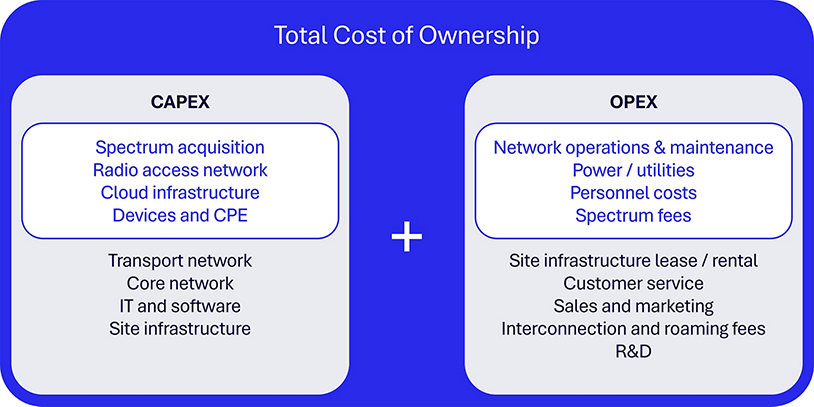
Figure 1. Key contributors to the total cost of ownership.
Start with a mindset focused on cost efficiency
Start with a mindset focused on cost efficiency
It’s no secret that the amount of data consumed per user has been on a steep rise and this trend is expected to continue with the advent of 6G technologies. While this increase in data usage opens exciting possibilities for users and operators alike, it also brings to the forefront the pressing issue of cost efficiency.
The shift from 4G to 5G did not witness the same level of decline in cost-per-bit seen during the transition from 3G to 4G. This is a concerning trend, especially when considering that monthly subscription rates have remained relatively stable from 4G to 5G. This stagnation in cost reduction poses a significant challenge for operators who need to manage their resources more efficiently while still delivering high-quality services.
That’s where 6G comes in. Unlike previous generations, 6G focuses intensively on both CAPEX and OPEX reductions. This strategic pivot is essential in managing the escalating costs associated with the expanding and upgrading of network infrastructure.
With 6G, the emphasis is firmly on a Standalone (SA) architecture, which reduces the dependence on costly legacy equipment, while future-proofing the network for new services and revenue streams. This approach not only enhances network efficiency but also drives down TCO, making the business case for 6G more compelling even in a landscape where end-user revenue growth is modest.
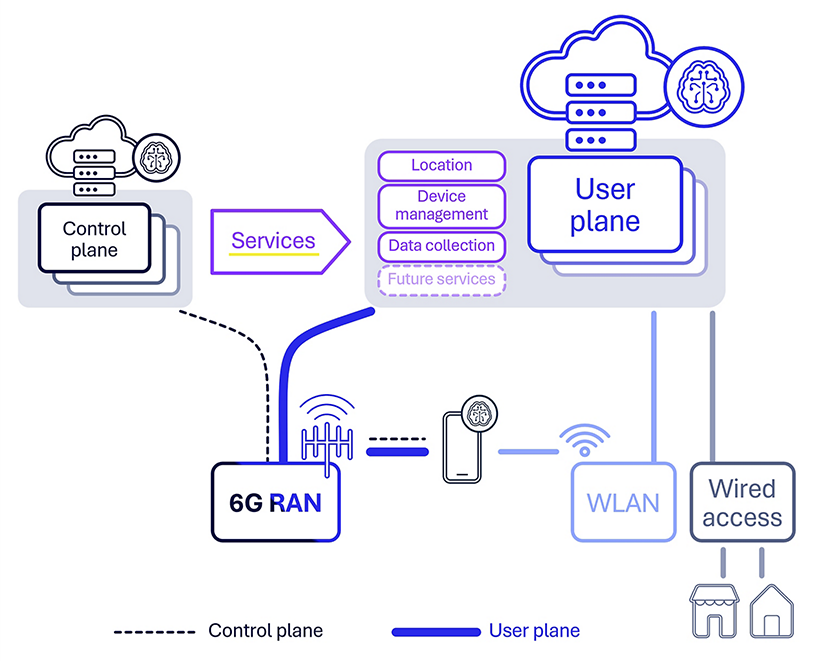
Figure 2. Realizing a lean control plane by migrating non-essential control plane functions to the user plane.
Become lean to win the TCO marathon
Historically, network architectures from 2G through 5G have maintained a robust control plane, or the part of the network responsible for how data travels, which dictates session management, mobility and security. This design was in earlier generations built on a foundation of circuit-switched voice and data connectivity. However, as the Internet became ubiquitous, the demand for diverse data services surged, leading to increased complexity in control plane functions. This complexity has not only added to operational costs but also limited the agility of networks to adapt to new services and technologies.
The user plane-first design for 6G proposed earlier in our 6G foundry series represents a radical departure from traditional mobile network architectures. By simplifying the control plane to only handle essential functions and shifting more capabilities onto the user plane, the network can leverage the robustness and scalability of IP-based services. The shift is not merely about streamlining operations but also about harnessing the vast ecosystem of Internet services and protocols, which can reduce costs for maintenance and upgrades, boost the flexibility and speed of deploying new services, and spur innovation.
The user plane-first design approach is well-suited to cloud-based deployments and allows for “G-agnostic” services that can work seamlessly across different generations of cellular networks. Additionally, services could be backported to previous generations or cross-ported to other wireless technologies such as Wi-Fi networks or even fiber and cable networks, as shown in Figure 2.
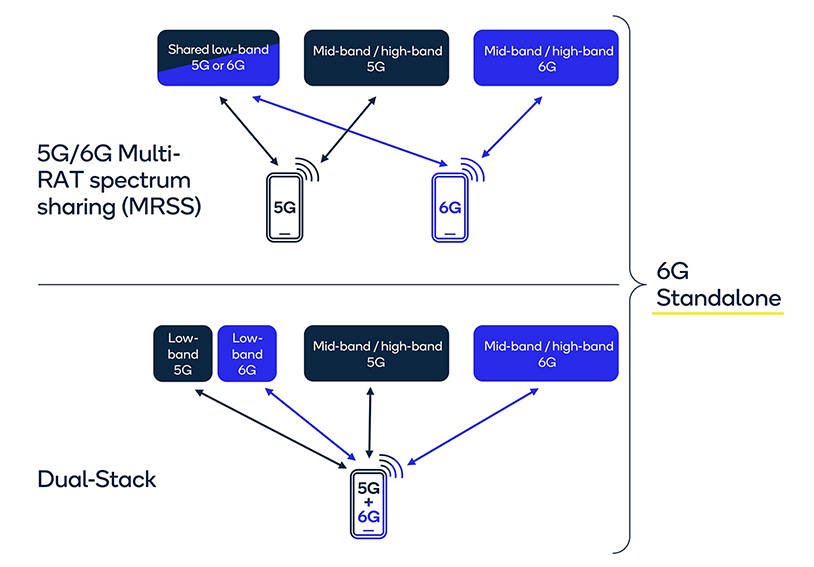
Figure 3. Complementary approaches for the migration to 6G.
Set up for success: Choose the right 5G to 6G migration strategy
As we transition from 5G to 6G, the strategies we choose will significantly influence the TCO for mobile networks. For 6G, adopting a standalone (SA) approach can reduce complexity and operational costs by minimizing the need to support legacy networks. It allows operators to implement cutting-edge technologies without being constrained by the limitations of previous network generations. This approach leverages advancements in cloud technology and artificial intelligence, enhancing network efficiency and creating new revenue opportunities.
“Operators must weigh the benefits of rapid deployment against the advantages of building a robust, future-ready 6G network. Drawing from the 4G to 5G migration, we’ve learned that prioritizing long-term benefits over short-term gains is crucial.”
The two complementary migration strategies shown in Figure 3 — Multi-RAT Spectrum Sharing (MRSS) and Dual-Stack — address diverse deployment needs and enhance network performance. MRSS allows efficient use of existing 5G bands for 6G deployment, enhancing coverage and capacity. On the other hand, the Dual-Stack approach enables devices to access both 5G and 6G networks simultaneously, improving service continuity and delivering a rewarding 6G user experience.
However, choosing the right migration strategy from 5G to 6G is not merely a technical decision but a strategic one that impacts the economic viability of mobile networks. A well-planned migration strategy can minimize disruptions, reduce deployment costs and shorten the ROI period, thereby lowering the TCO.
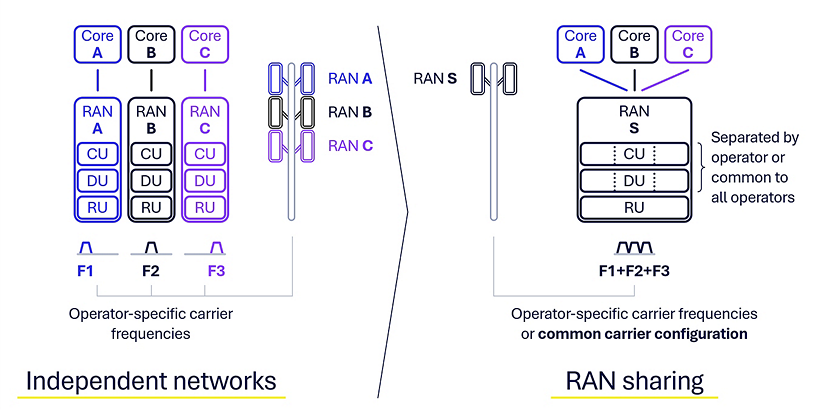
Figure 4. Reduce TCO and accelerate rollouts with advanced RAN sharing.
Reduce TCO by sharing RAN infrastructure and spectrum
Infrastructure and spectrum sharing are other critical areas where 6G can achieve significant cost reductions. Sharing some or all Radio Access Network (RAN) components can significantly reduce both CAPEX and OPEX. By eliminating the duplication of underutilized resources, operators can achieve reductions in energy consumption, cooling needs and maintenance costs. Collaborative efforts in RAN sharing also enable operators to leverage economies of scale for network upgrades and technology investments, making it more affordable to implement energy-efficient technologies.
Operators can continue with operator-specific spectrum or combine spectrum resources for joint scheduling over a common wide carrier, as shown in Figure 4. This flexibility can lead to more efficient spectrum utilization, improved network performance and even reduce spectrum CAPEX.
RAN sharing can reduce the load on a tower and the cost of leasing one by using fewer antennas through a common carrier configuration. RAN sharing reduces installation costs for operator-specific equipment and the need for expensive structural upgrades to cell towers so they can carry more equipment. Moreover, RAN sharing contributes to a more streamlined and cost-effective network deployment. The use of advanced technologies like Giga-MIMO, which greatly increases the number of antenna elements in a smaller package, and the implementation of more efficient spectrum allocation strategies can enhance network capacity and coverage without proportionate increases in costs.
Differentiating network services and user experiences with separate core networks allows operators to maintain their unique offerings and tailor services to their specific customer needs. This ensures that while the radio access network is shared, each operator can still provide distinct and competitive services, enhancing customer satisfaction and loyalty. As we can see in Figure 5, an operator’s core network consumes much less power than the radio access network.
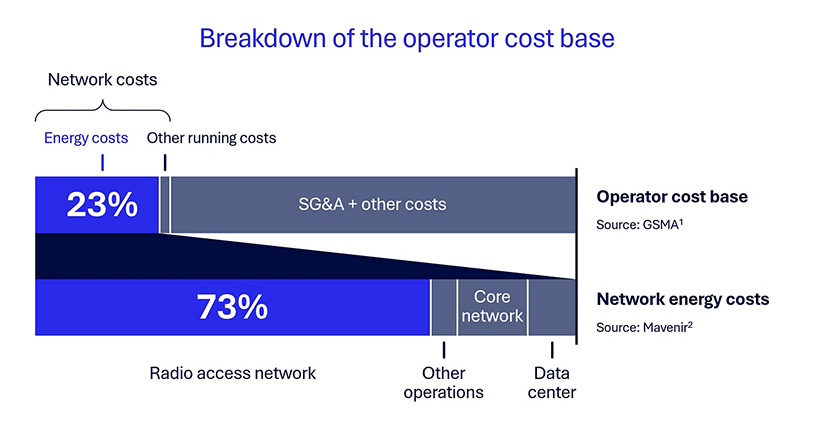
Figure 5. The RAN consumes a significant portion of OPEX.
Prioritize energy savings for lower OPEX
According to the GSMA, network energy costs account for around 23% of an operator’s cost base. Additionally, a report from Mavenir revealed that the RAN alone consumes 73% of the operator’s total energy requirements. Figure 6 illustrates how 3GPP has consistently studied and standardized methods to enhance the energy efficiency of 5G networks. The recently finalized 5G-Advanced standard (Release 18) introduces several improvements aimed at reducing the power consumption of the RAN, with further advancements planned for Release 19.
The NGMN alliance envisions higher energy efficiencies in future networks by recommending that Mobile Network Operators (MNOs) carefully assess and implement a range of strategies categorized into short-term, medium-term and long-term approaches. For the medium-term, techniques such as passive antenna efficiency optimization, inter-MNOs RAN sharing, and interworking between communication networks and power supply are advised. These strategies include optimizing passive antennas with remote azimuth and tilt control combined with AI, which can lead to a 25% energy saving gain; enabling active RAN sharing, which has shown to save 30% in energy OPEX; and reducing network OPEX by jointly dimensioning and controlling communication and power resources. Additionally, the adoption of virtualized and disaggregated network architectures, such as Open RAN, which allow for more flexible and efficient resource usage, can support the dynamic reconfiguration of connections between a Radio Unit (RU) and Distribution Units (DUs) based on traffic load.
For the long-term, the NGMN alliance suggests techniques like front-end adaptivity for increased energy efficiency and a resource-aware machine-learning framework, which help in selecting suitable modulation schemes and transceiver front-ends to reduce energy consumption and using AI models that require fewer energy-intensive resources during training, leading to substantial energy savings. 6G networks can incorporate these advanced techniques to optimize energy efficiency and better predict and allocate resources.
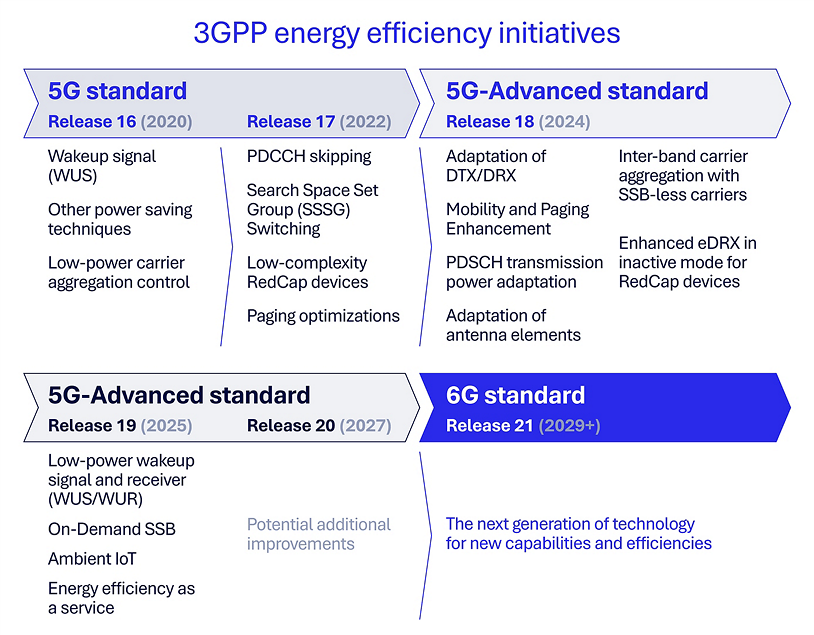
Figure 6. The 3GPP has consistently pursued energy efficiency improvements for 5G and 5G-Advanced networks.
Automate with AI to reduce TCO
AI/ML algorithms can help reduce OPEX in many ways. Of particular interest is to optimize network energy-saving decisions by leveraging data collected in the RAN to address issues like inaccurate cell load prediction and performance trade-offs. By dynamically adjusting network resources and configurations based on real-time data and predictions, AI and network automation can contribute significantly to reducing the energy consumption of 6G networks. However, energy savings are only one of the possible benefits.
Automation stands out as a pivotal element in reducing TCO with 6G, offering substantial cost savings and efficiency improvements. It can accelerate deployment and management of networks by automating numerous functions that traditionally require manual intervention, thus reducing labor costs and the potential for human error. In the upcoming installment of 6G Foundry, we will explore how 6G will natively incorporate AI technologies, enhancing cost efficiencies and introducing new features for superior network performance. Stay tuned also for more information on the AI capabilities of the Qualcomm Edgewise Suite, which exemplifies how automation can transform network operations.
Looking toward the future
As we look toward 2030, operators can seize the opportunity to redefine the economic parameters of mobile networks with 6G for the continued sustainability of the wide-area wireless connectivity ecosystem. Prioritizing TCO reduction by adopting innovative technologies and strategic deployment approaches will help significantly toward that goal. By focusing on energy efficiency, automation, infrastructure sharing and efficient spectrum utilization, 6G promises to deliver a network that is not only more advanced in terms of capabilities but also more economical to operate. For operators, the transition to 6G will not just be a technological upgrade but a strategic necessity to stay competitive in the rapidly evolving telecommunications market.
Learn more and get the latest updates:
Read more technology perspectives from the 6G foundry

